Property Geek
We provide the actual and accurate information with unbiased user driven reviews to our viewers, to help them see the best and find the best!
View posts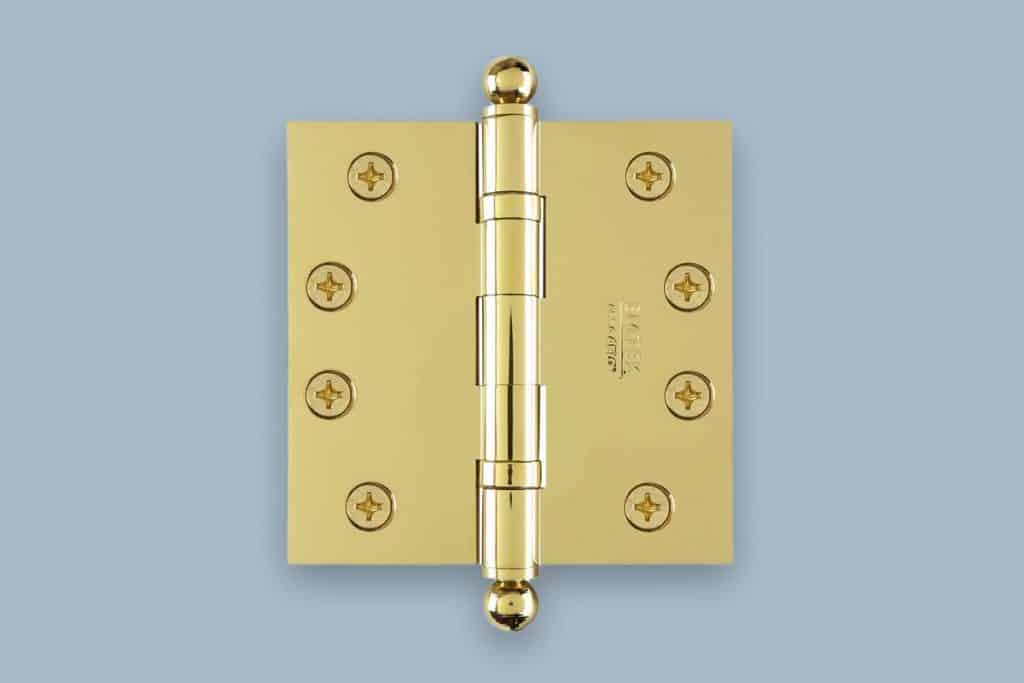
Hinges, an under-appreciated member of the hardware department, holds the doors of your house in place and comes in a variety of styles and sizes. You must choose the perfect hinge for your home or your DIY projects and the choice depends on the location of your installation plus the finished look you are trying to achieve. There are different types of hinges in the hardware space and in this list we will talk about 15 door hinge types that are commonly used.
Here are the 15 types of hinges you must know before you venture into any projects at your house.
Let’s check out what makes these door hinge types different from each other and more such details.
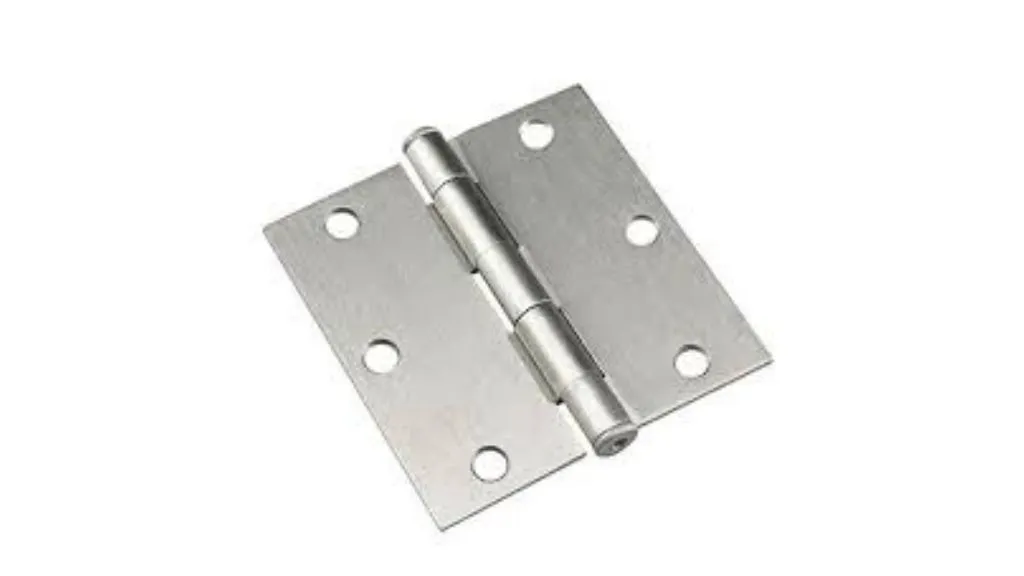
Butt Hinge is the most commonly types of hinges found on doors. It’s named so because of the two leaves mortised onto the frame and the door making the two butt up to each other. There exist 3 different types of butt hinges, namely, spring-loaded, ball-bearing, and plain bearing. Usually, builders use plain butt hinges for interior lightweight doors. A pin, which may or may not be removable, joins the two plates at the hinge’s knuckles.
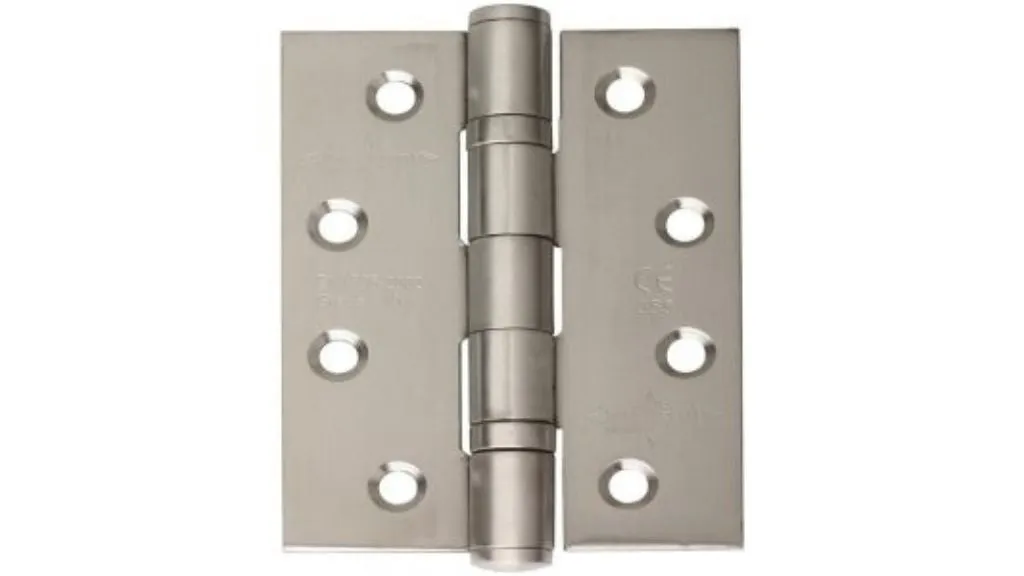
The bearings of ball bearing hinges are lubricated to reduce any friction caused by heavy doors. These are durable hinges that are ideal for heavy entryway doors or those doors that sustain frequent use.
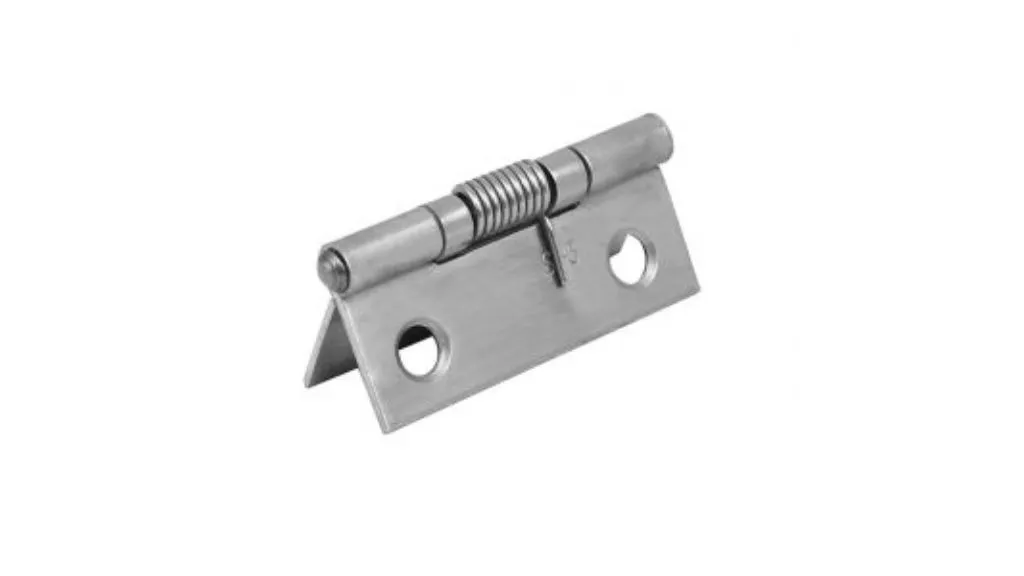
Spring-loaded butt hinges are used to assure that a door closes behind you when you walk through it. These hinges are often used on screen doors and can be calibrated to close or open with differing degrees of tension.
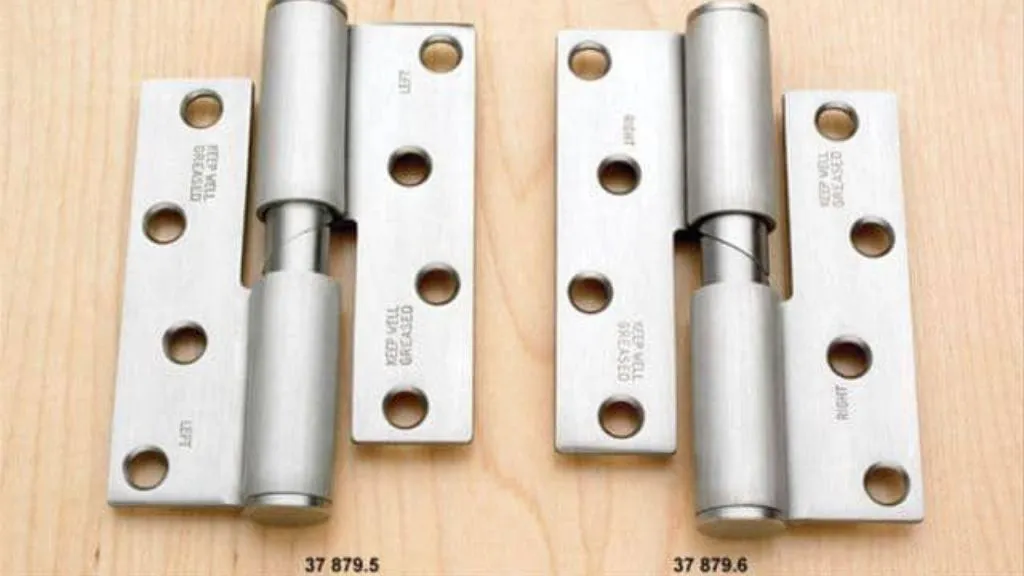
If you install a rising butt hinge to a door, it will raise the door about half an inch. This is to clear a threshold or a thick pile carpet. When you close doors with rising butt hinges, they look like regular hinges.
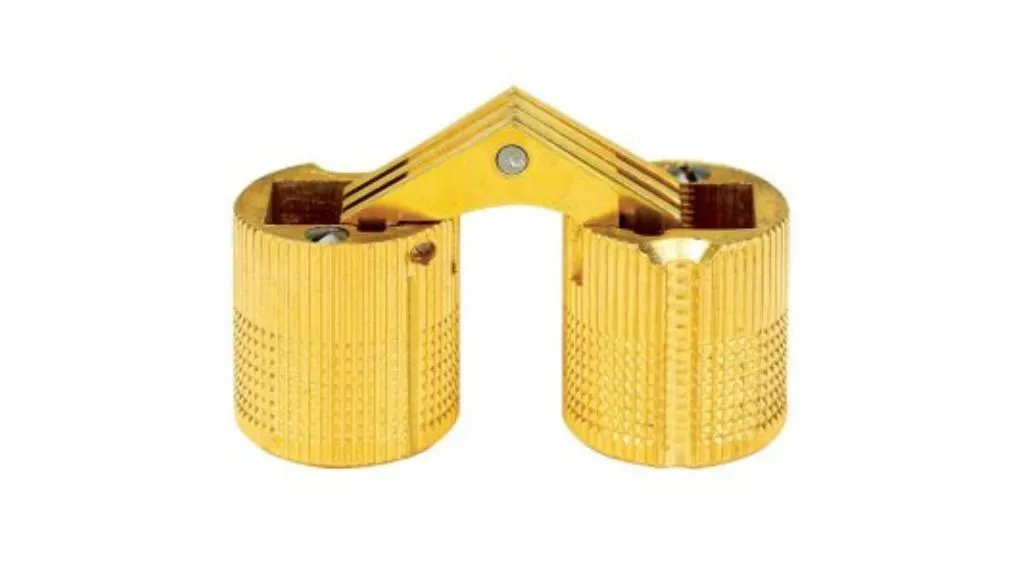
The barrel hinge are the types of hinges used for special woodwork projects like a small cabinet or a box. This is a small hinge ideal for projects where hinges are supposed to be hidden from view. You only need to drill holes to the right size to install these hinges. The holes must be the perfect size to hold the barrels of the hinge. These are typically made of brass and are not designed for load-bearing applications.
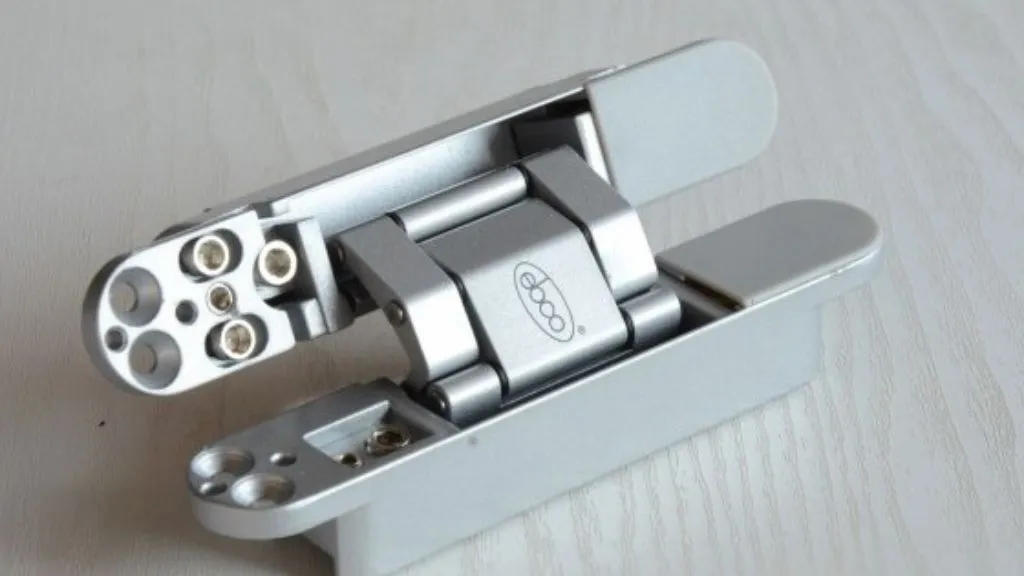
Concealed hinges are designed to be unseen so that they don’t detract from the beautiful fine cabinetry or furniture. These hinges can be self-closing and if you add in a couple of screws it becomes adjustable. These hinges come for doors also and you may also find largely concealed hinges for them. They are tamper-proof since they are hidden and provide the security that regular hinges don’t.
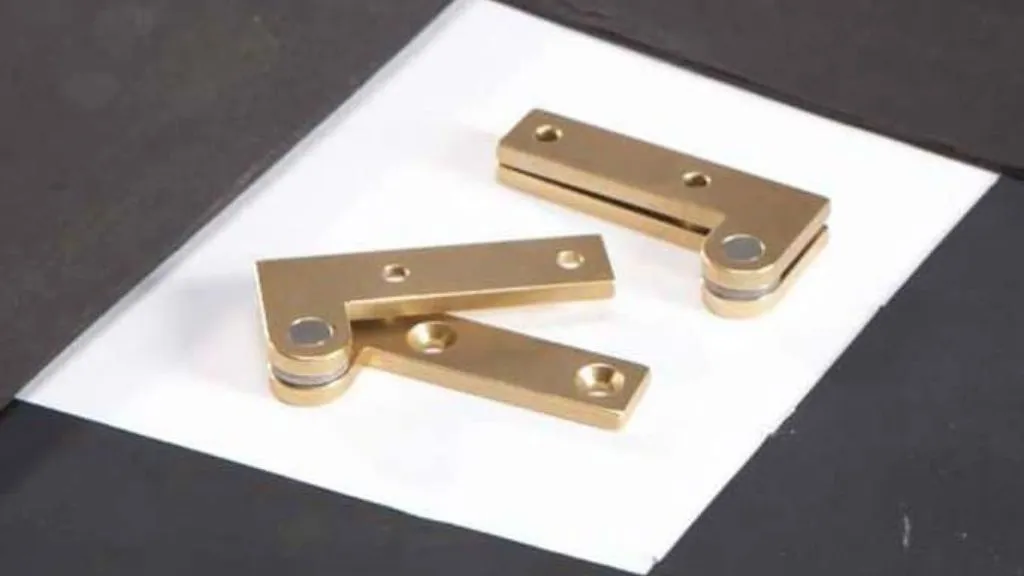
Knife hinges can be found on cabinets and they resemble a pair of scissors with their blades attached at a pivot point. To install you mortise one hinge lead that the end of the cabinet door and the other hinge lead on the cabinet. Once you install it, only the pivot is exposed. There is yet another type of pivot hinge which allows doors to pivot close and open both ways. You must see these doors in the kitchens inside restaurants. These are spring-loaded and are heavier and larger than the hinges used in cabinets.
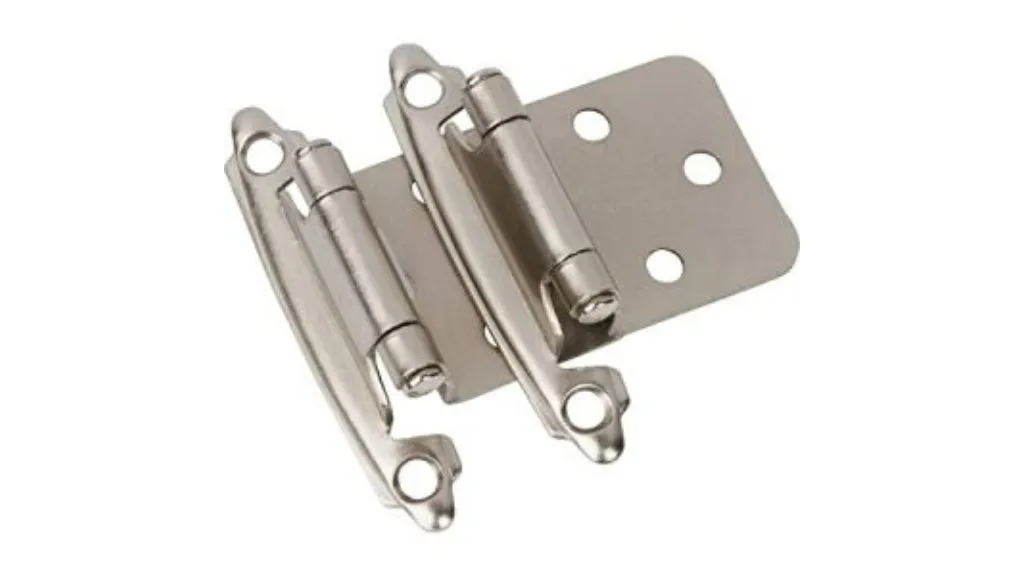
Certain hinges add to the thickness of cabinets. To reduce this thickness you may use the overlay hinge as it folds back on itself. This hinge allows the door to lay flat against the face of the cabinet which saves space.
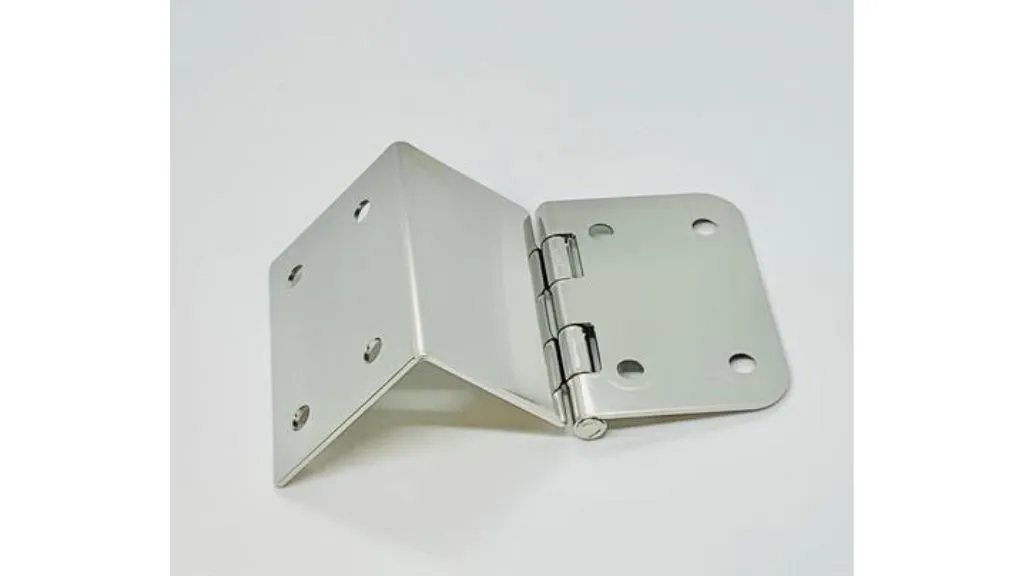
Have you ever got stuck in the doorway while moving a couch through it? If you had installed offset hinges on your doors then this wouldn’t have been a problem. Offset hinges allow you to swing the door away from the frame and widen the opening up to around 2 inches. These hinges are useful in areas that are ADA compliant.
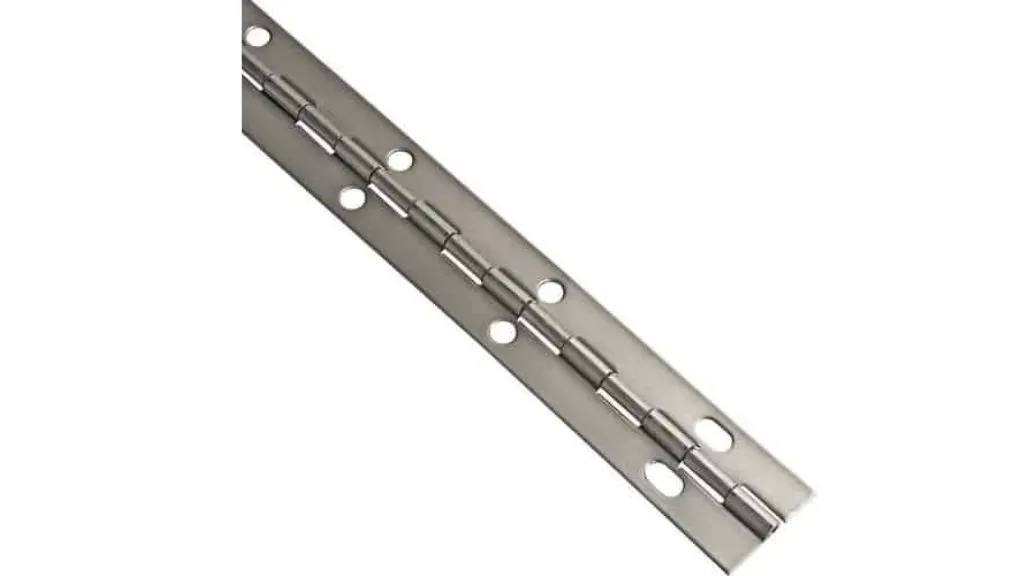
The piano hinge is a long and continuous hinge that is named so as it is the hinge used on a piano’s lid. There is a long rod through the knuckles of the two long leaves of the piano hinge that helps to hold them both together. It’s the perfect choice for storage benches, fold-down desks, and toy boxes.
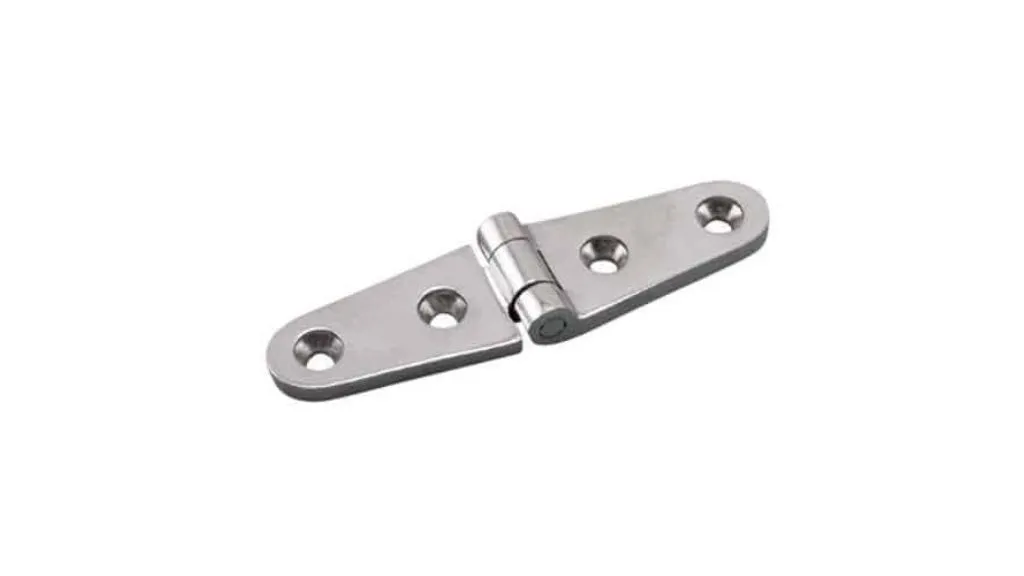
Strap hinges are found on outdoor gates and indoor cabinets to achieve a rustic feel. These have long leaves, or you can call them straps, to add some extra support for heavy barn doors or gates.
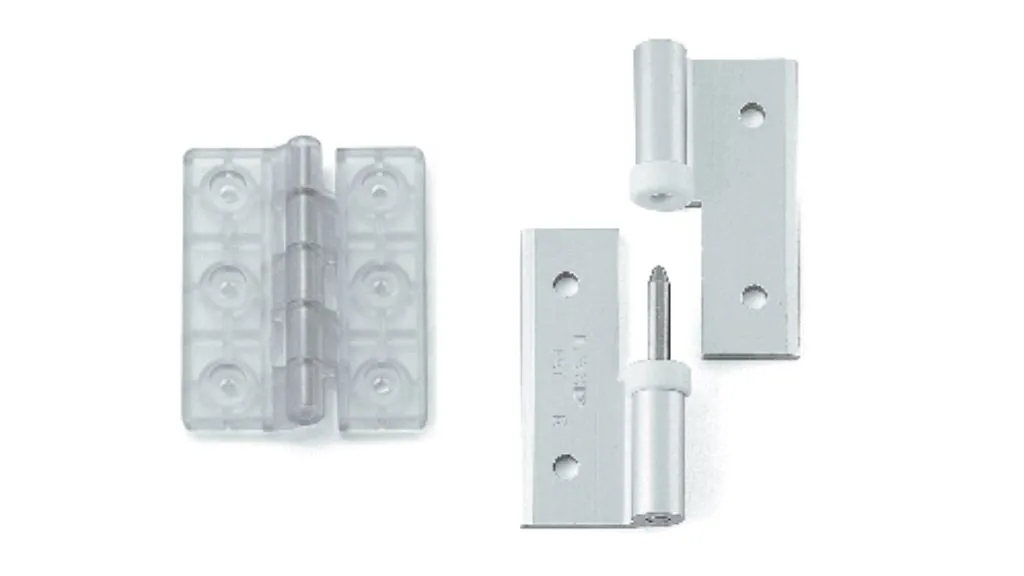
Clean room hinges are the types of hinges specially designed for laboratories and controlled environments, featuring brushes between the knuckles to prevent the entry of dust particles. These brushes, often made of anti-static materials, help maintain a sterile environment critical for industries like pharmaceuticals and semiconductor manufacturing. The hinges are crafted from materials such as stainless steel, ensuring compliance with clean room standards, and are designed for smooth operation and easy cleaning to minimize the risk of contamination.
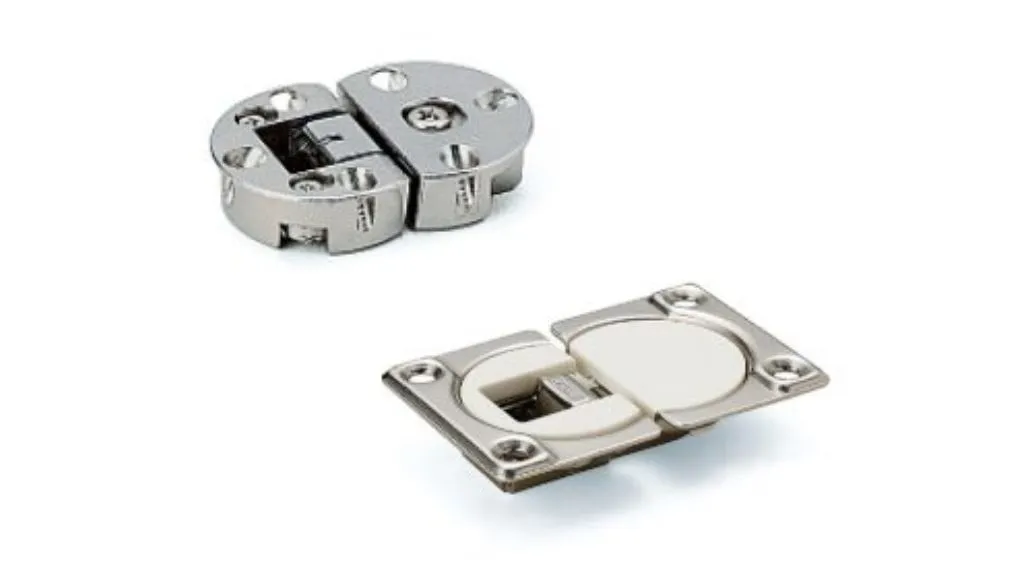
Drop hinges are specifically employed in applications with downward openings, such as the flaps of TV racks or drawers. Drop hinges are designed to become fully flush when the drawers open, providing a streamlined and aesthetically pleasing appearance. The functionality of drop hinges contributes to the seamless operation of furniture and allows for a clean and unobtrusive look when the associated elements are in use.
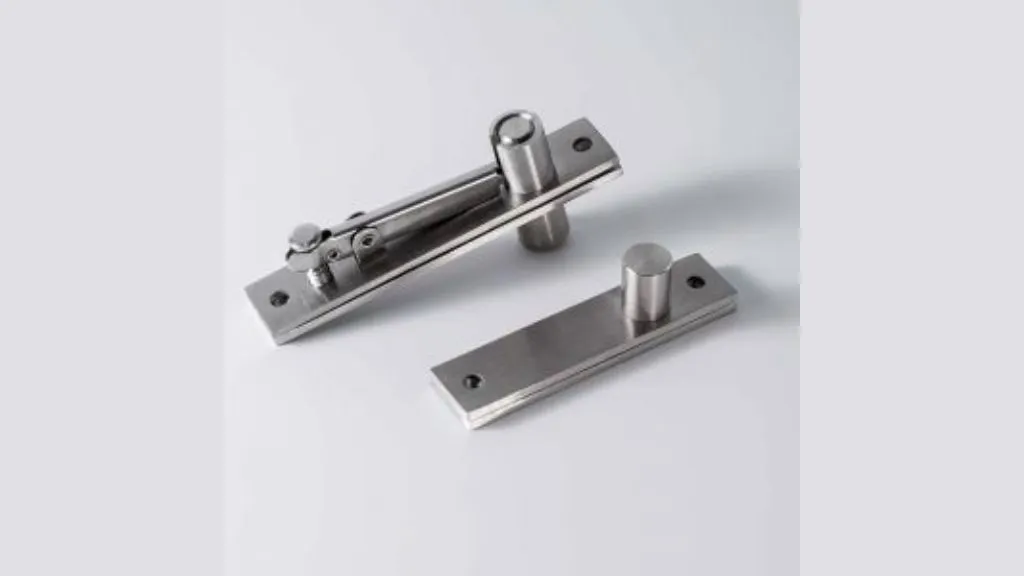
Pivot hinges are distinctive in that they enable doors to open and close in an unconventional manner. Positioned at both the top and bottom of the door, these hinges face outward, placing the axis of rotation on the exterior side. This design allows for a unique swinging motion, often providing a sleek and modern aesthetic while offering flexibility in door placement and functionality.
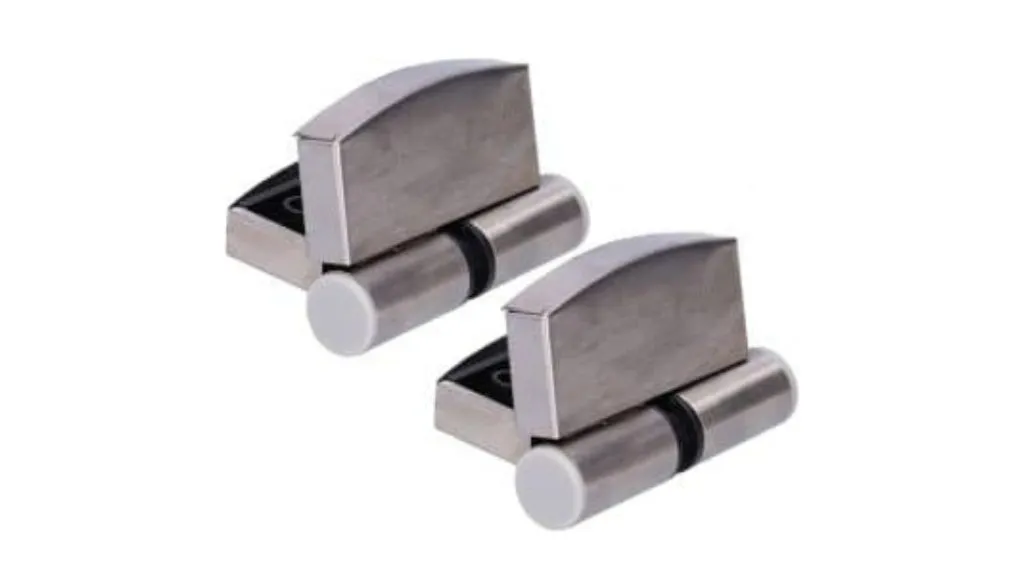
Gravity hinges are commonly employed in bathroom doors, leveraging the door’s weight as a consistent force for automatic closing and opening. These hinges utilize gravity to facilitate the self-closing mechanism, ensuring that the door reliably returns to its closed position without the need for external assistance. This design not only enhances convenience but also contributes to energy efficiency by minimizing the likelihood of doors being inadvertently left ajar.
Hinges are available in an assortment of materials that include copper, pewter, bronze, brass, and stainless steel. You can choose yours from a variety of different finishes like brushed, polished, or chrome to suitably complement your design. If you are looking for hinges for outdoor use then choose one that is rust-resistant. Installing hinges may require tools such as a drill, screwdriver, hammer, and utility knife.
Mattresses are very crucial when it comes to a good night’s sleep as they decide your level of comfort while sleeping. What kind of mattress do you need? Well, it depends on the kind of sleeper you are. Once that is decided, you can choose your best friend for days to come. For a budget-friendly mattress, choose a high-end mattress topper to go with that so that even if your mattress is not up to your comfort level, the high-end mattress topper will ensure that you do not feel it. Happy shopping!